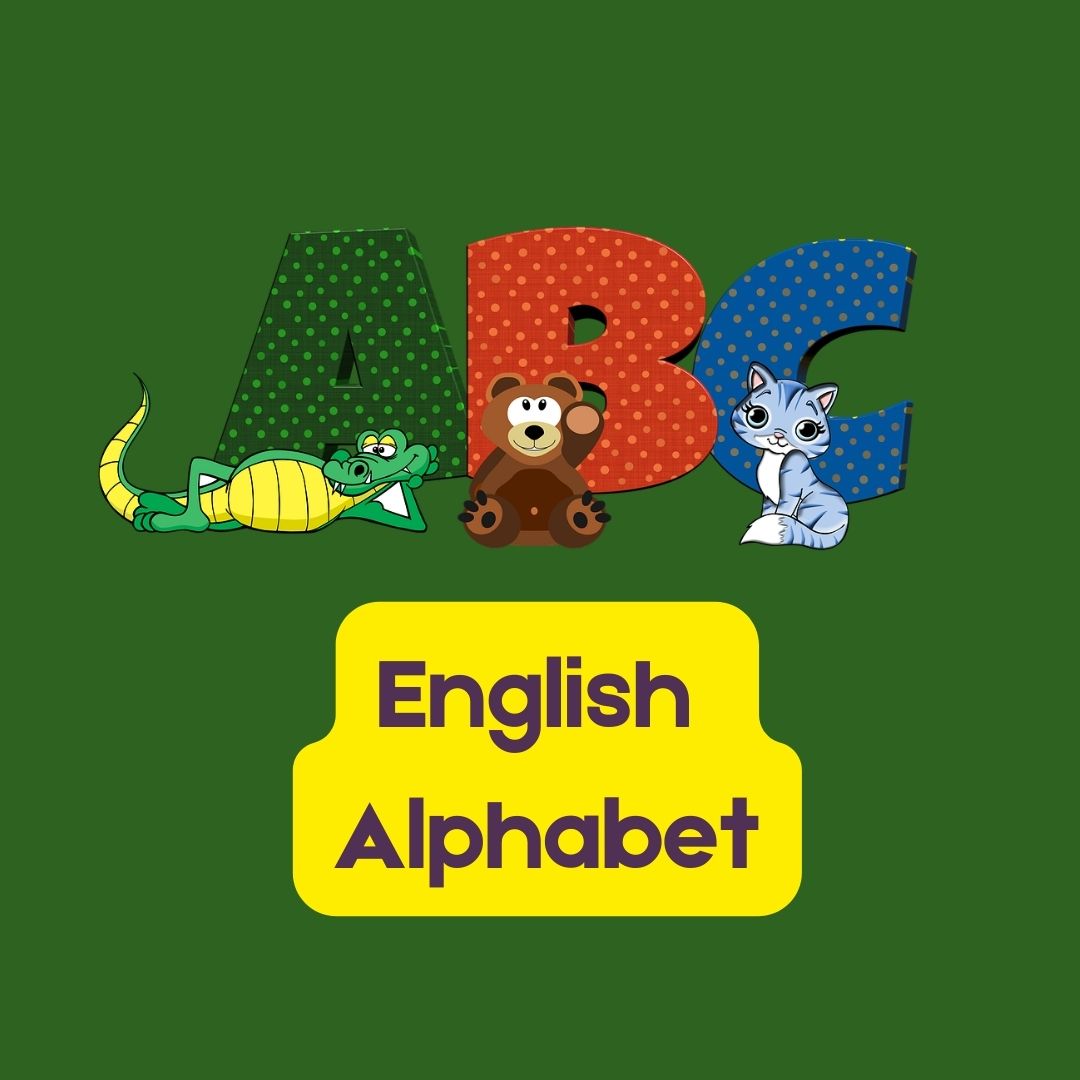About English Alphabet

English Alphabet:
Number of letters:
The English alphabet consists of 26 letters. These letters are used to represent the various sounds (phonemes) of the English language.
Phonemes vs. Letters:
While there are 26 letters in the alphabet, the English language has more than 44 speech sounds (phonemes). This is due to the fact that multiple letters or combinations of letters can represent a single sound, and some letters can represent more than one sound.
Consonants and Vowels:
The letters in the English alphabet are categorised into two main groups: consonants and vowels. Consonants are speech sounds produced with some restriction or closure in the vocal tract, while vowels are produced with relatively free airflow.
Consonants:
The English alphabet includes consonant letters, such as
b, c, d, f, g, h, j, k, l, m, n, p, q, r, s, t, v, w, x, y, and z.
Vowels:
The English alphabet includes vowel letters, such as
a, e, i, o, and u. Additionally, the letter y can function as both a consonant and a vowel.
Letter Names and Sounds:
Each letter has a name (e.g., ay, bee, see, etc.) and often represents one or more sounds (phonemes) in different words or contexts.
Variations and pronunciation:
The pronunciation of letters can vary depending on their position in a word and the surrounding letters. Some letters have consistent sounds, while others can have different sounds based on spelling patterns and phonetic rules.
Spelling and writing:
The English alphabet is used for spelling words and writing sentences. Spelling rules and conventions guide the use of letters to represent specific sounds in words.
Letter Combinations:
Many English phonemes are represented by combinations of letters (digraphs, trigraphs, etc.). For example, the sh in shoe represents the /ʃ/ sound.
Phonemic Awareness:
Understanding the relationship between letters and sounds is crucial for developing phonemic awareness, which is the ability to recognise and manipulate individual sounds in spoken language.
click here About English Alphabet
click here Auditory Phonetics
click here Acoustic Phonetics
click here Articulatory Phonetics
click here English Phonetics
click here About Phonetics